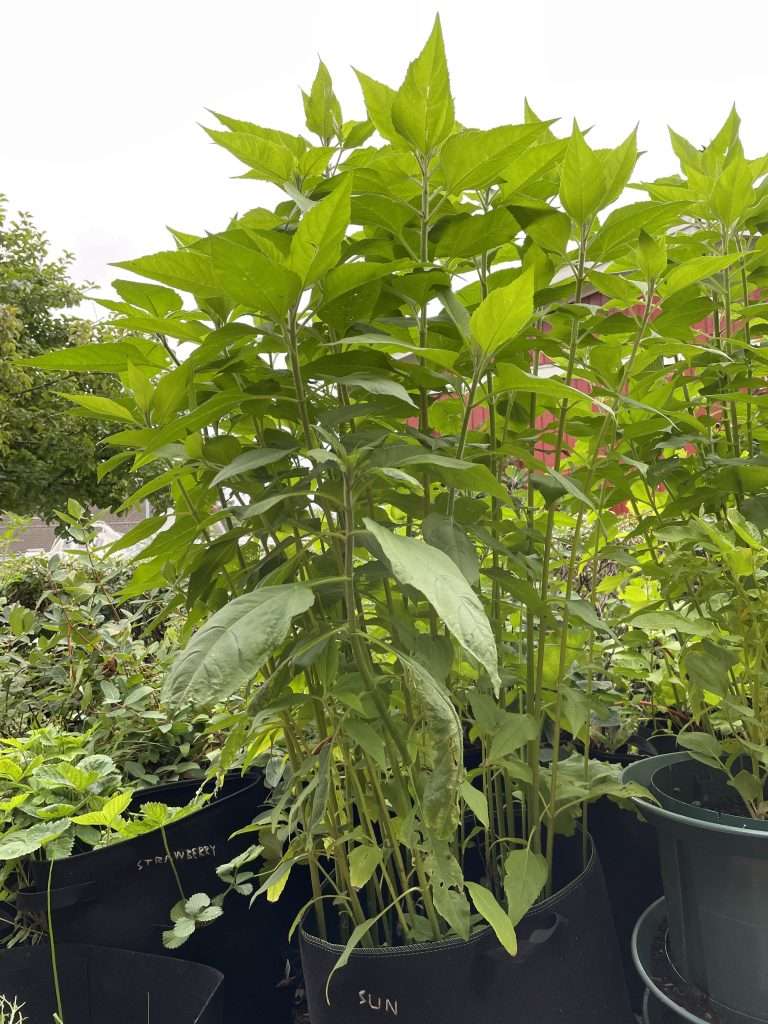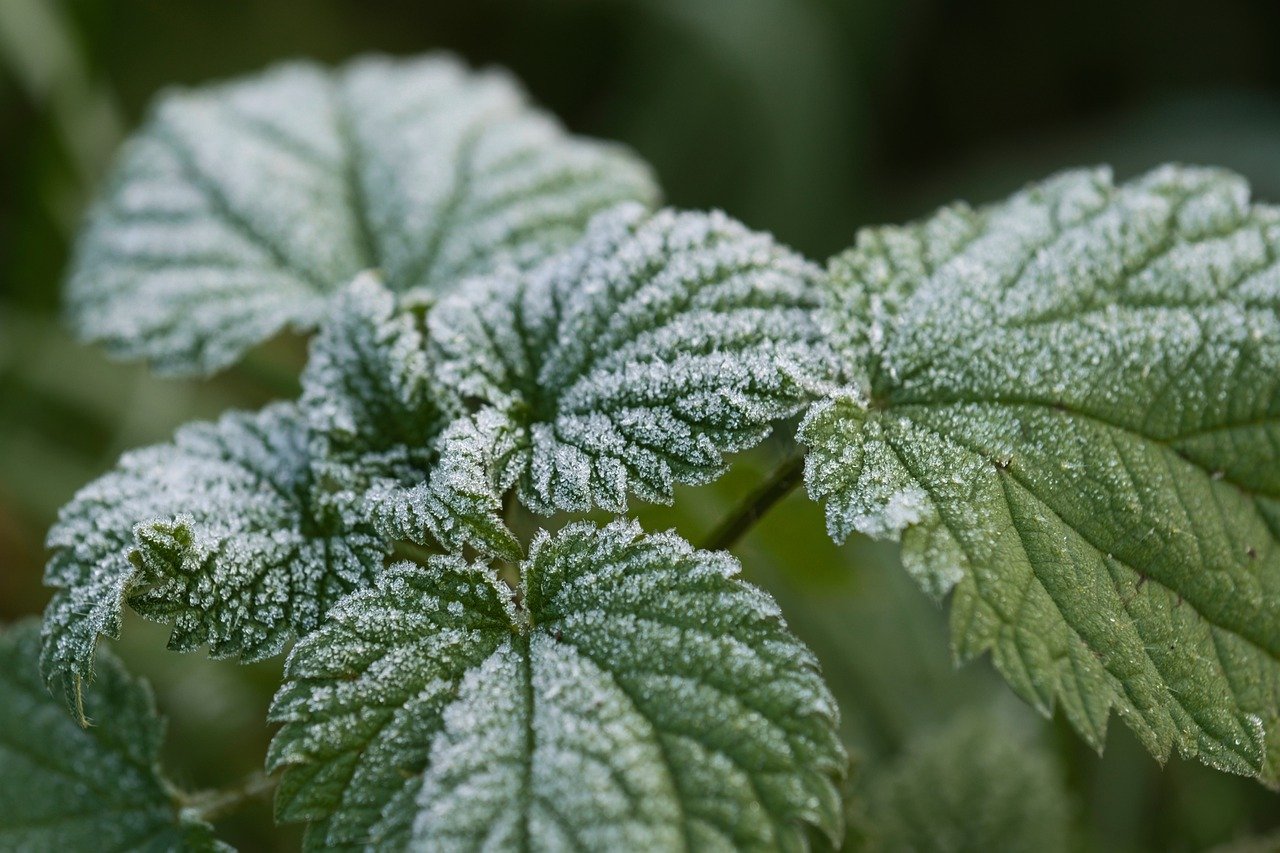Bi-annual crops have a two year growing cycle. Perennial crops come back year after year. But did you know you can turn bi-annual crops into perennials?
Aren’t perennials simply the best? Perennials are crops that you plant once. And then you get to harvest food from them for years and years. And it’s not just fruits and berries that are perennial. Rhubarb, asparagus and sunchokes are some examples of perennial vegetables. Flowers, both edible and non-edible ones, can also be perennial, though it depends on the type.
The content below was originally paywalled.
Here are some examples of perennial vegetables:
Asparagus
Asparagus plants take a few years to get sturdy. But after that, you’ll get to harvest asparagus every year for 25-30+ years. You usually plant asparagus roots and they don’t like being moved, so you want to plant them in the right place the first time around. Asparagus grow greens at the end of the season that are slightly remnant of carrot tops, only significantly larger.
Rhubarb
As for rhubarb, you also shouldn’t pick off the harvest during the first year. After that, however, you’ll have a rhubarb harvest every year for decades to come. The older the plant, the more girth the rhubarb stalks will get. They’re quite spindly the first few years. Most rhubarb plants have multiple harvests every season. As long as they have enough room, they’ll bring you a lot of joy.
Sunchokes
Sunchokes are harvested every season, and by leaving a few in the soil at the end of the season, you make sure you have new ones growing every year. They grow tall stalks with leaves and flowers. Both the stalks and the leaves from the sun choke plants can be eaten. The leaves and stalks have a a lot of nutrients in them. When you harvest the leaves, the plants are triggered to produce more.
There are a number of ways to eat sunchokes. Some like to pickle them. Some turn them into sunchoke soup. They can be marinated in olive oil and herbs as a sandwich topping. Sunchokes are really tasty when baked in the oven, with other root vegetables. By drizzling olive oil over them, and sprinkling a selection of herbs, you give them even more flavour.

What is the difference between bi-annual crops and perennial crops?
Perennial crops come back every year for an indefinite amount of years. How many will depend on what you are growing, but most perennial fruits, vegetables and berries should be good for at least 20 years. Bi-annual crops have a two year growing cycle at the end of which they flower. After that, you need to plant more seeds. The first year, you get your crop and if you leave a few in the soil, they will continue their two year cycle into year two. During the second year, the crop will bloom and then you will get your seeds.
At that point, you have two options. One, harvest the seeds, remove the crop and plant the seeds. Two, let the plant release their own seeds and spread.
How do you turn bi-annual plants into perennial ones?
You do so by letting the plant act as though it would in the wild. Harvest all of your plants but one or two. Let them go to seed and let them release their seeds. And then you let nature do the rest. That is how plants as well as mushrooms normally multiply. The plants release seeds or spores, the wind spreads them around, and then they land and sprout. The seeds will create new plants that will then go through their own two year cycle before they in turn release their seeds. And so on and so forth. This way you’ll only have to plant the seeds once, and wait for nature to do the rest.
A few examples of bi-annual plants:
Cabbage
Carrots
Fennel
Leeks
Onions
Parsley
Good luck!
Discover more from Desoullife
Subscribe to get the latest posts sent to your email.
